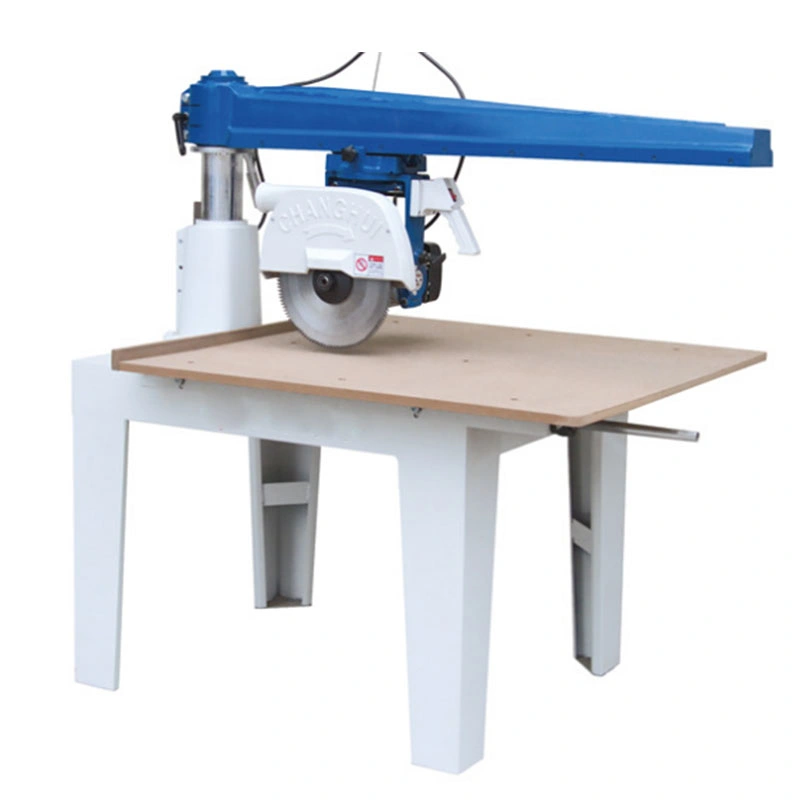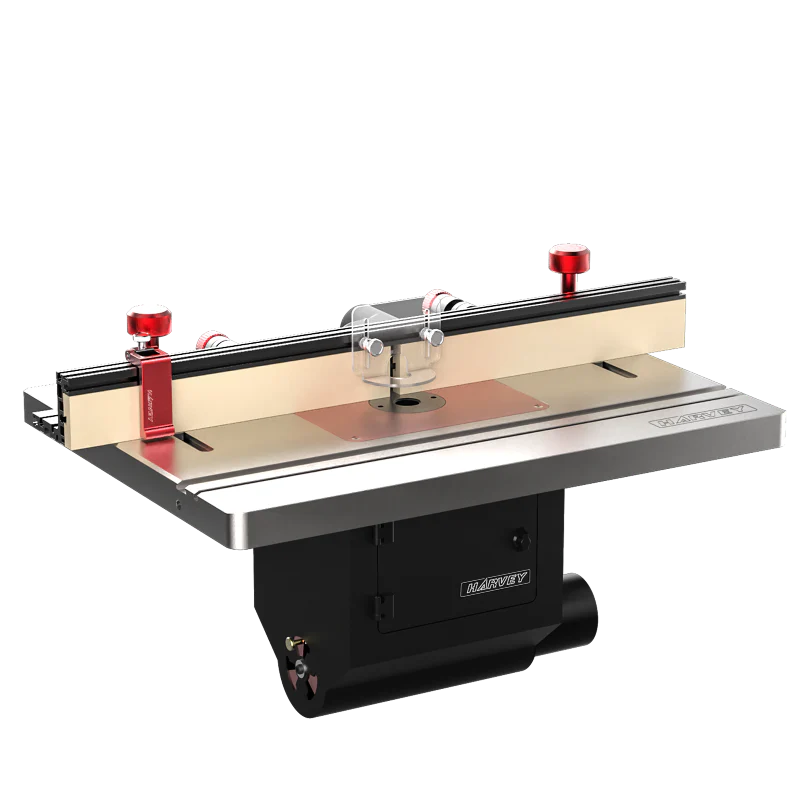Planers are essential carpentry machines that play a crucial role in the woodworking process, primarily by reducing the thickness of boards. Their primary function is to take thick, rough lumber and create a smooth, uniform surface. However, to operate effectively, a planer requires that the board have at least one flat surface. This flat surface is necessary for the board to be placed securely on the bed of the planer, allowing the machine to accurately remove material from the top layers. Despite their usefulness, planners have limitations that make them unsuitable for certain tasks. For instance, when it comes to cutting angled edges or creating complex profiles, a planer falls short. The design of planers typically focuses on thicknessing rather than shaping, which means they are not equipped to handle joints or bevels effectively. Furthermore, planers utilize pressure rollers to pull the boards through the machine. If the boards are cupped, warped, or twisted, these rollers may struggle to grip the material properly, leading to inconsistent results or potential damage to both the workpiece and the machine. These challenges highlight the importance of using the right carpentry machines for specific tasks. In situations where a board needs to be flattened or squared before thicknessing, a jointer is the ideal tool. Jointers are specifically designed to create flat surfaces and straight edges, allowing woodworkers to prepare their lumber properly before sending it through a planer. This preparation is crucial, as it ensures that the boards are in the best possible condition for achieving a uniform thickness. Additionally, jointers excel at addressing issues related to imperfections in the wood
By flattening twisted or warped boards, they provide a solid foundation for further processing. Once the boards have been properly jointed, they can then be fed into a planer for thicknessing, resulting in high-quality, precise lumber ready for any woodworking project. In summary, while planers are invaluable carpentry machines for achieving consistent thickness, they are not suitable for all aspects of woodworking. Understanding the limitations of planers reinforces the need for complementary equipment like jointers, which excel in tasks beyond thicknessing. Together, these machines create a more efficient workflow and enhance the overall quality of the final product. By recognizing when to use a planer and when to employ a jointer, woodworkers can ensure they are making the most of their tools, ultimately leading to better craftsmanship and more successful projects.
 teknowfeed
teknowfeed


